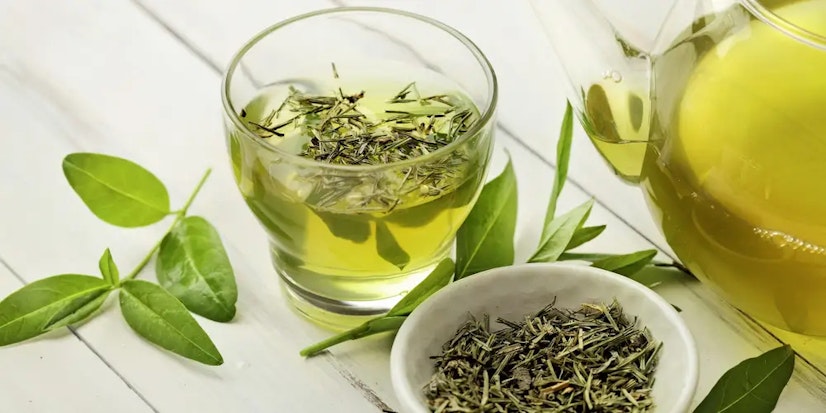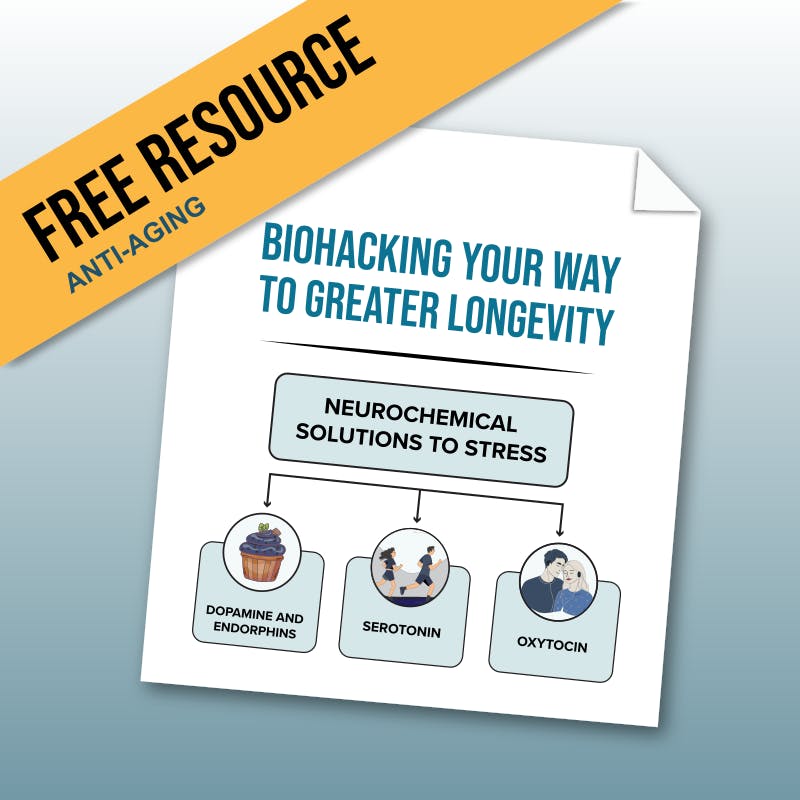Flavonoids: Are there significant health benefits to drinking black and green tea?
A deeper look at what’s in your cup — how it might make you healthier and how to ensure it has the best chance of doing so

As you drink that cup of tea, the words catechins and epicatechins may not be at the top of your mind. But teas contain an abundance of these chemicals, which are part of a broader family of flavonoids and may be responsible for the improved cardiovascular health of many tea drinkers.
We took a close look at the science to give you the best recommendations and insights.
How teas help
Black and green teas are among the most potent sources of dietary flavonoids available to us — along with cocoa, apples, and berries. What makes tea such an ideal source is its low cost and glycemic load, making it accessible to many people interested in improving their health, whether they’re on a budget, diabetic, or weight conscious. The presence of caffeine in tea offers some health benefits of its own, though it’s also the one element that disqualifies tea from specific diets. And decaffeinated teas often lose a large percentage of their flavonoids in the decaffeination process.
Still, flavonoids are essential. Several studies show that flavonoids can lower blood pressure, increase endothelial function, and improve cerebral blood flow. Each of these benefits would significantly reduce the risk of both cardiovascular and cerebrovascular disease, including vascular dementia.
Flavonoids may also play a role in managing inflammation, countering antibiotic resistance, and increasing acetylcholine levels, which may help with mild to moderate Alzheimer’s Disease symptoms.
Is tea the answer?
Several extensive population-based studies indicate a relationship between tea consumption and a reduced risk of heart attack and stroke. Other studies point to flavonoids’ ability to activate cellular insulin receptors, effectively blunting the harmful effects of diabetes.
But it’s important to remember that these relationships are correlative, not causal. There may be additional factors in the lives of average tea drinkers that influence their improved cardiovascular numbers, not least of all the increased water intake and attendant hydration that tea consumption provides.
And tea contains other valuable ingredients beyond flavonoids. Whether flavonoids or other components are responsible, some studies show that consuming certain teas may help you manage stress. A study of rats found that green tea extract reduces cortisol levels in the blood. (Known commonly as the stress hormone, high cortisol levels are understandably associated with negative health impacts over time.) And meanwhile, a placebo-controlled human study of young male adults (published in the journal Psychopharmacology) found that drinking black tea allowed men to adjust in healthier ways to stressful situations; their cortisol levels dropped back to normal faster than the control group's levels did.
So can drinking tea save you the time and money of investing in other stress-lowering activities like online therapy? No, we certainly wouldn't suggest that you opt for tea as a substitute for therapy. Some studies also rely on a very high amount of tea — or potent tea extracts — to yield those promising results. Rather than a replacement of anything, we believe it's best to think of tea-drinking as a gentle helping hand alongside your more profound and powerful efforts.
A radical approach
One area of human health in which we can accurately determine the positive influence of flavonoids is the fight against free radicals. A natural part of oxygen metabolism, free radicals can alter the net charge of a cell, leading to its death. When an oxidative free radical encounters a flavonoid, it oxidizes the flavonoid instead of a cell. This process renders the free radical non-reactive, and the resulting flavonoid poses no threat to the system.
Oxidative free radicals have implications in everything from cancers to aging, and having a known compound that can render them impotent is a powerful weapon in the fight against disease.
Practical limits of flavonoid supplementation
Some products claim to boost flavonoid levels in the body by flooding it with things like green tea extracts. The big problem with products like these is their trustworthiness. While there are plenty of studies evaluating the flavonoid benefits of teas, there are fewer than examine the effects of such extracts. A concentrated dose of green tea flavonoids may have a compounded effect on the body. But it’s also true that an overabundance of these flavonoids and other compounds found in such extracts may do more harm than good.
As is the case with many of the best vitamins, nutrients, and healthy compounds found in nature, the best way to incorporate them into your regimen is to eat a healthy, balanced diet. You can get plenty of helpful flavonoids from a couple of daily cups of tea, and if you also include apples, berries, and cocoa in your diet, you’ll need those unregulated supplements even less.
And if you really want to maximize the health benefits of a given tea, drink it without any additives. No added sugars or flavors, no milk or creamer. Just plain, delicious tea. Brewing it yourself can save you money and help ensure that no such additions find their way into your drink.
The differences among black, green, and herbal teas
Camellia Sinensis is the plant that produces black, green, and white teas. The only fundamental differences among the teas are their oxidation processes and, in some cases, the level of leaves harvested from each bush. Black tea undergoes the most oxidization, which results in its dark color and deep flavor. White tea, by contrast, endures as slight oxidation as possible. Most white teas consist of leaves from the top-most bud of a bush, while green and black teas will include leaves from slightly lower.
Herbal teas usually don’t contain any of the leaves from Camellia Sinensis, though some will include them in small quantities. More commonly, herbal teas utilize herbs, spices, berries, and other botanicals to create unique flavors or medicinal effects. Some common herbal tea ingredients, like chamomile, for example, contain flavonoids. However, it’s important to note that food science breaks flavonoids up into six subclasses, and the subclass to which chamomile’s flavonoids belong is distinct from that of Camellia Sinensis.
That said, specific flavonoids behave similarly enough in the body, so those derived from berries, chamomile, and other botanical sources will still have their benefits. The flavonoids from teas happen to be among the most potent and most thoroughly researched compounds readily available in a food source.


